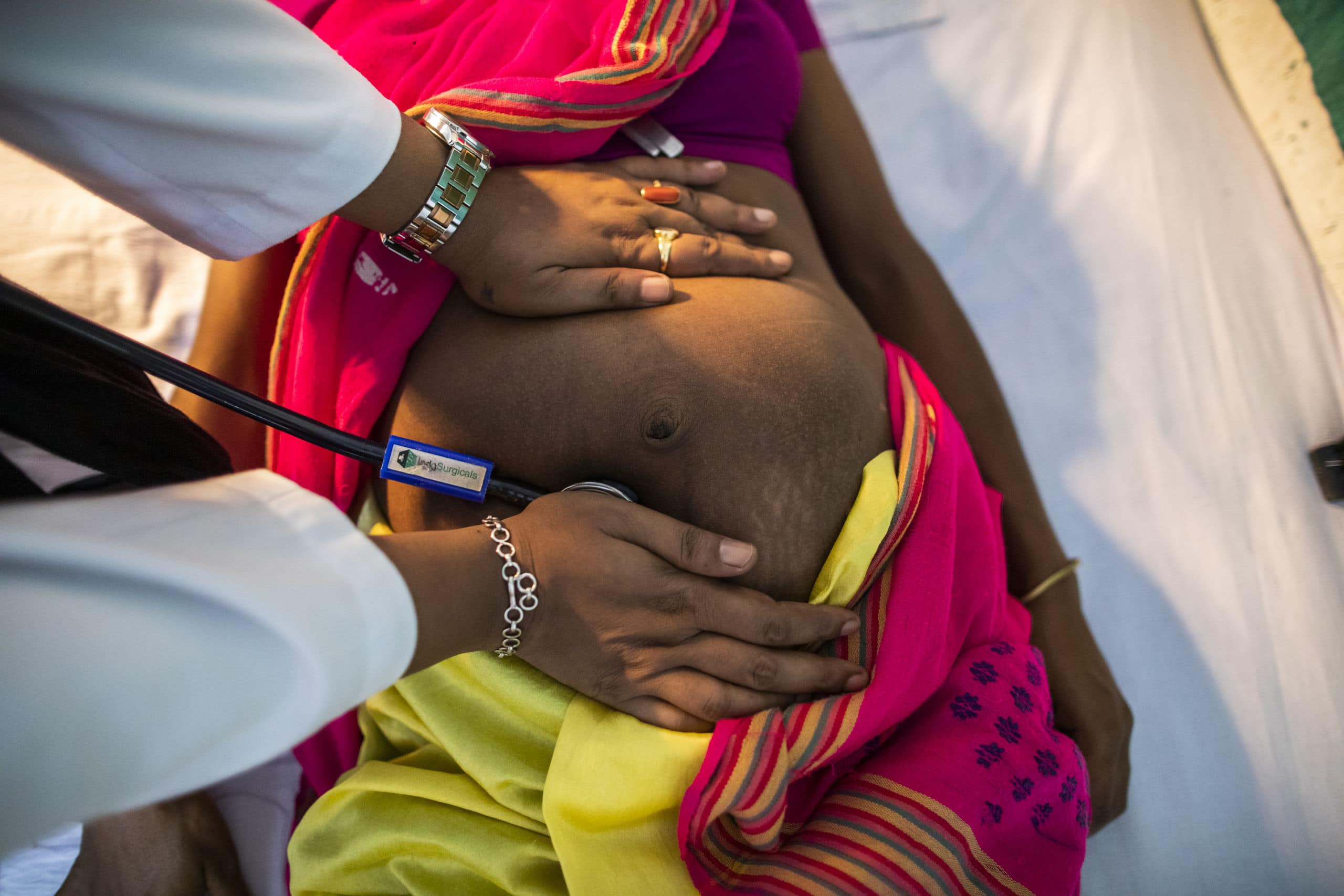- One of the Sustainable Development Goals highlights the need to ensure healthy lives and promote well-being for all at all ages. The SDG target for maternal deaths aims for a global maternal mortality ratio (MMR) of less than 70 maternal deaths per 100,000 live births by 2030.
Over 700 women died every day in 2023 due to causes related to pregnancy and childbirth. This is according to a recent report by the United Nations as the world marks World Health Day.
However, the UN’s report also notes that women today are more likely than ever to survive pregnancy and childbirth. It indicates a 40% global decline in maternal deaths between 2000 and 2023; a success linked to better access to essential health services.
April 7 annually marks World Health Day, a date that also commemorates the founding of the World Health Organization in 1948. This year’s World Health Day kicks off a year-long campaign on maternal and newborn health, titled “Healthy Beginnings, Hopeful Futures.”
The campaign urges governments and the health community to ramp up efforts to end preventable maternal and newborn deaths, while also advocating for the prioritization of women’s longer-term health and well-being.
Kenya’s Ministry of Health emphasizes this theme, stating, “Let’s work to end preventable deaths and prioritize the health and dignity of every woman and newborn.”
Read More
One of the Sustainable Development Goals highlights the need to ensure healthy lives and promote well-being for all at all ages. The SDG target for maternal deaths aims for a global maternal mortality ratio (MMR) of less than 70 maternal deaths per 100,000 live births by 2030.
Women die due to severe bleeding, infections, high blood pressure during pregnancy (pre-eclampsia and eclampsia), complications from delivery, and unsafe abortion.







-1764751547-md.jpg)




